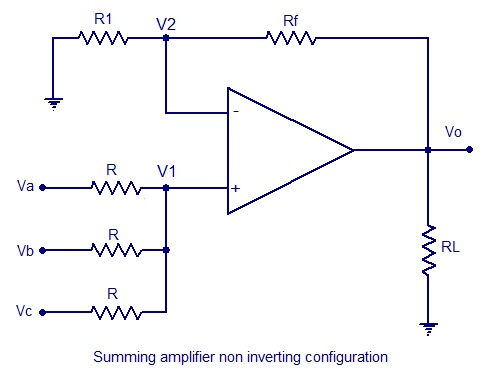S
slow_rider
Guest
Using an AVR, I implemented a simple DDS using an R/2R network. The output freq. I'm interested is up to 20KHz (since this is for audio usage).
Since my TL071 OA won't get near the lower rail I need to DC bias it using a non-inverting summing amplifier like this one (all 1M resistors):

I have noticed that my sine wave is noisy so I added a low pass filter (I simulated a bunch and all work well) after the summing amplifier. However I get a side effect: When switching to square wave output I can see that the signal is getting trapezoid shaped. I am not sure why is that... Any help solving this would be appreciated (just a guess here - I am filtering out harmonics that make up the square wave).
Since my TL071 OA won't get near the lower rail I need to DC bias it using a non-inverting summing amplifier like this one (all 1M resistors):

I have noticed that my sine wave is noisy so I added a low pass filter (I simulated a bunch and all work well) after the summing amplifier. However I get a side effect: When switching to square wave output I can see that the signal is getting trapezoid shaped. I am not sure why is that... Any help solving this would be appreciated (just a guess here - I am filtering out harmonics that make up the square wave).
Last edited: